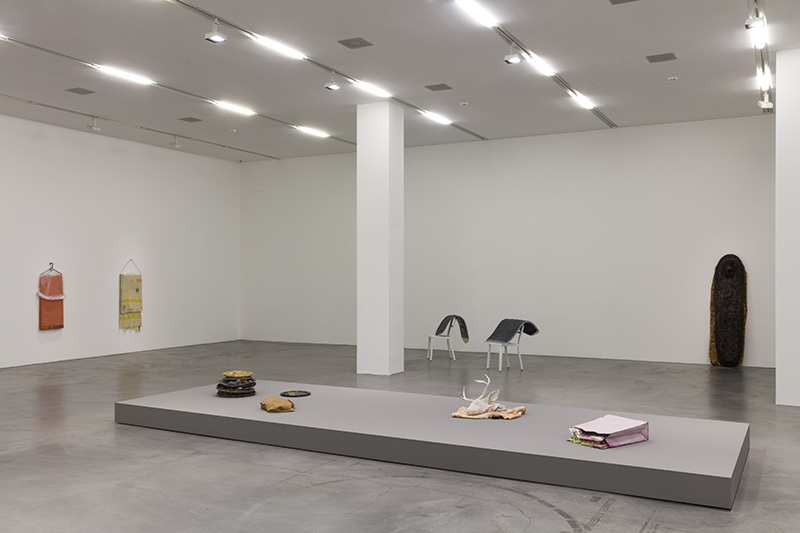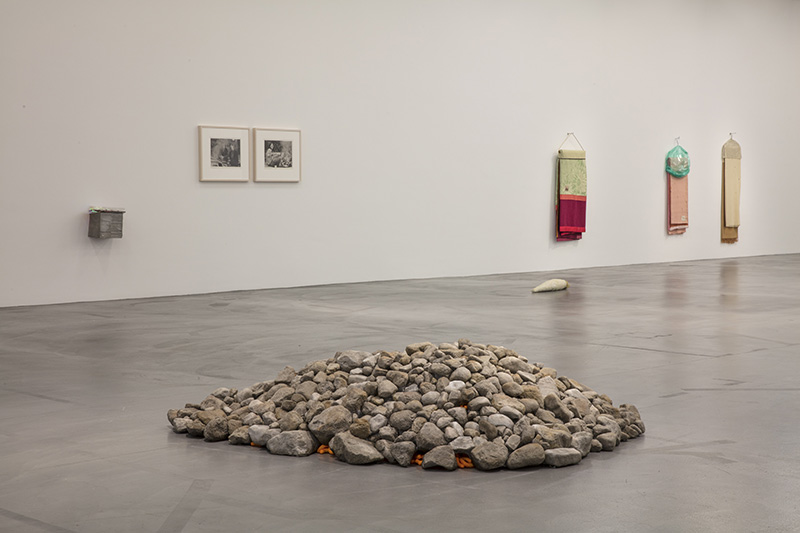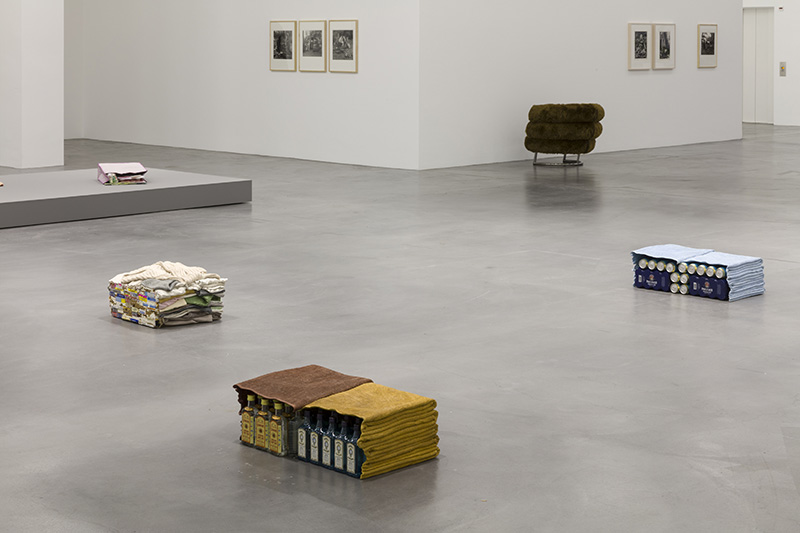ART CITIES:Zurich- Liz Magor
In her native Canada Liz Magor is regarded as one of the most influential contemporary sculptors, the oeuvre she has built since the 1970s has guided an entire generation of younger artist. Liz Magor says her sculptures are conceptualized, created and polished by contradictions. What observers may see as a meandering, “Aimless” path to develop a sculpture is, in fact, a very deliberate commitment to respecting its evolution.
By Dimitris Lempesis
Photo: Migros Museum Archive
Liz Magor’s practice utilizes sculpture and photography to explore notions of memory, history, shelter, and survival. Exploring both natural and domestic themes, her sculptural works are forms of refuge that also confound the boundary between the real and the imagined. The Migros Museum für Gegenwartskunst in Zurich presents “you you you the first extensive exhibition of Liz Magor’s oeuvre in Switzerland. Composed of found everyday objects, her allegorical tableaus question the idealized notions of nature embedded in modern culture and penetrate the psychology of desire and addiction. The exhibition juxtaposes recent pieces with selections from Magor’s work from the ‘90s in order to trace the thematic and formal evolution of her art. “I am always looking for comfort in a world disturbingly subject to change. Sometimes I find it in work, as a recording of my activity. Sometimes I find it in objects, things that sit still for a while and slowly gather, then release, their history. I wanted to do work that would objectify some history of a life, or at least the life of a body and the process of change that affects that body”. Magor’s practice starts with forays into thrift stores and second-hand shops. Timeworn and sentimental objects that once made someone’s life more comfortable, added a decorative touch, or served as personal mementos resurface in these stores as anonymous and disparate flotsam. The artist is interested in a wide range of discarded articles, from clothing to trinkets, and through various studio interventions she attempts to restore the allure and charm they have lost. Sculptures such as “Banff Chair” (1991), “Eddie’s White Wonder” (1994), “Tent” (1999), and “Chee-to” (2000) take a critical view of idealized notions of nature and self-reliance that are entrenched in the collective memory of North American culture. The 19th Century exploration of the Rocky Mountains by trappers, adventurers and prospectors has left its traces in mundane consumer products and equipment that imitate the style of the period. Magor’s 1989 photographic series, “Field Work” is a collection of reprinted images she had captured in the 1960s depicting longhaired hippies in the back-to-the-land movement in moccasins and feathered headdress, cooking over campfires, that came under sharp criticism for what was taken as a mocking display of Aboriginal culture. Magor continued her investigation of storytelling, probing notions of the real and the surreal in her pairings of realistic cast objects with actual foodstuffs in works such as “One Bedroom Apartment” (1996), “Stores” (2000), “Chee-to” (2000), “Double Cabinet (blue)” (2000) and “Double Cabinet (Rust and Wine)”. Along with other pieces of a similar nature, Magor’s installations of this period earned her the York Wilson Endowment Award in 2000 and the prestigious Governor General’s Visual Arts Award in 2001.Magor’s interest in textiles is evident throughout her oeuvre. In works such as “Chinese Green” (2001), “Kenwood (salmon)” (2011), and “Phoenix” (2013), the artist worked with found woolen blankets, emphasizing the traces of material failure by repairing holes, enhancing stains and altering the shape of these exhausted forms. Once reworked, the sculptures are dry-cleaned and presented on hangers, still wrapped in the cleaners’ plastic garment bags, a recognizable method of protection applied to a now strange object. The gesture of solicitude, protection, and preservation is also the focus of recent works such as “Good Shepherd” (2016) and “Felt Family” (2016). Deceptively accurate casts of cardboard packaging are used as supports for found objects, pointedly questioning the ontological registers of reality and mimesis.
Info: Curator: Heike Munder, Migros Museum für Gegenwartskunst, Limmatstrasse 270, Zurich, Duration: 18/2-7/5/17, Days & Hours: Tue-Wed & Fri 11:00-18:00, Thu 11:00-20:00, Sat-Sun 10:00-17:00, www.migrosmuseum.ch





